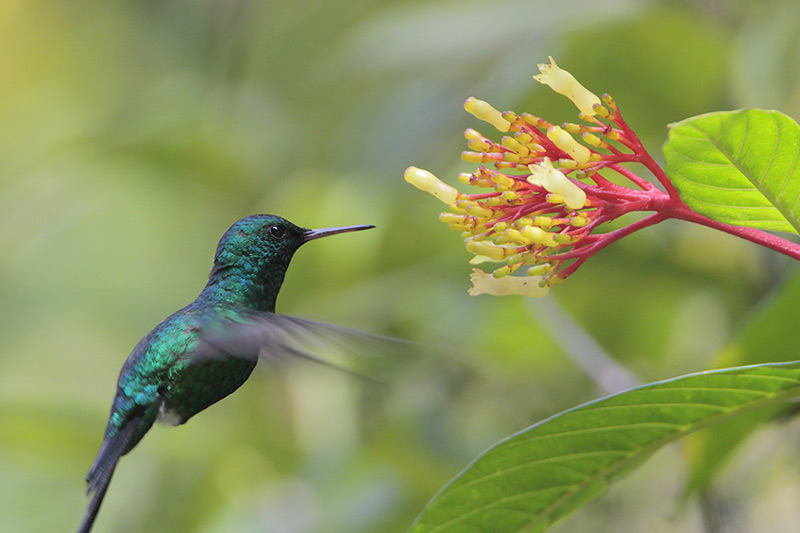
Chlorostilbon maugaeus
SUBFAMILY
Trochilinae
TAXONOMY
Trochilus maugaeus Audebert and Viellot, 1801, Puerto Rico.
Monotypic.
OTHER COMMON NAMES
English: Antillian emerald; French: Йmeraude de Porto Rico;
German: Puerto-Rico-Smaragdkolibri; Spanish: Esmeralda
Portorriqueсa.
PHYSICAL CHARACTERISTICS
Female 3–3.3 in (7.5–8.5 cm), male 3.3–3.7 in (8.5–9.5 cm); female
and male 0.12–0.13 oz (3.4–3.8 g). Male has short,
straight bill, upper mandible black, lower red, tipped black;
forehead and crown metallic green, dark shining green upperparts
and uppertail-coverts; throat iridescent bluish green, rest
of underparts and undertail-coverts glossy green; tail forked,
shining steely blue. Female has bill black; forehead and crown
dull dark green; upperparts and uppertail-coverts shining grass
green; throat and breast are light gray becoming darker on
belly; tail less forked, outer rectrices basally pale white, becoming
brown in center and tipped with a large white spot, second
outermost rectrices shing greenish white at base changing to
steel blue, tipped with white spot, the next innermost two are
green from base to center, rest of feather dull brown, the inner
rectrices are shining green. Immatures resemble adult females.
DISTRIBUTION
Puerto Rico, Virgin Islands.
HABITAT
Coastal mangroves to forested mountain summits. Open forest,
woodland and coffee plantations, from sea-level to 2,625 ft
(800 m).
BEHAVIOR
Forages in low to medium strata 3.3–20 ft (1–6 m). Song consists
of rapid tic notes given at various speeds ending in a rapid
trill with a high-pitched buzz at the end. Sedentary.
FEEDING ECOLOGY AND DIET
Feeds on nectar of a wide spectrum of flowers, including Hohenbergia,
Vriesea, Dilomilis, Epidendrum, Hedychium, Justicia, Ruellia,
Clusia, and Erythrina. Trap-liner. Insects are caught in the air
and cleaned from leaves and branches of shrubs and trees.
REPRODUCTIVE BIOLOGY
Breeds from February to May, but irregular nesting all year
round. The nest, a compact structure in the form of a small
cup, is composed of dry plant fibers, such as tree fern scales,
lined with wild cotton and other soft plant material, externally
decorated with lichen. It is generally built in either low or
medium-sized plants and trees. Two eggs, incubation 14–16
days by female. Chicks darkish gray with two rows of dark
down on the upper side; fledging at 20–22 days.
CONSERVATION STATUS
Restricted-range species. Generally common throughout
Puerto Rico. Readily accepts human-made habitats.
SIGNIFICANCE TO HUMANS
None known.
Other popular Animals
Photo Gallery of - Puerto Rican emerald
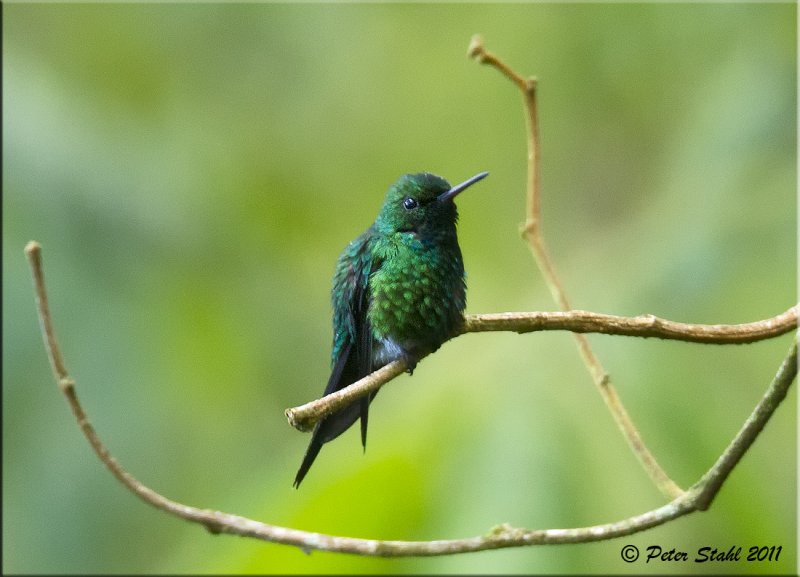
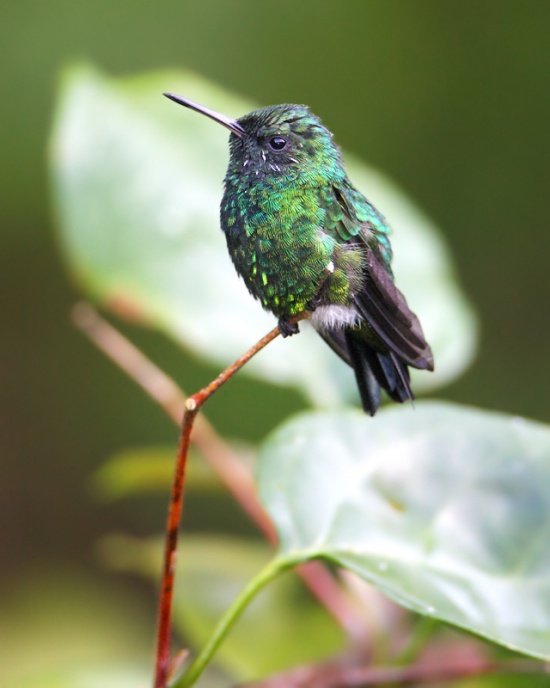
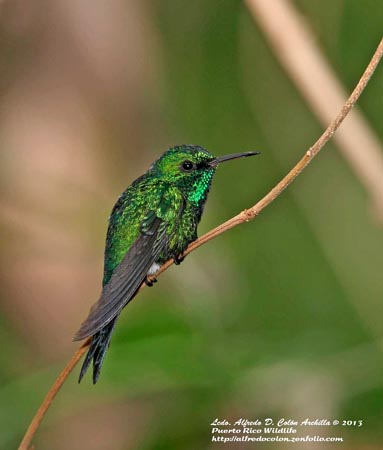
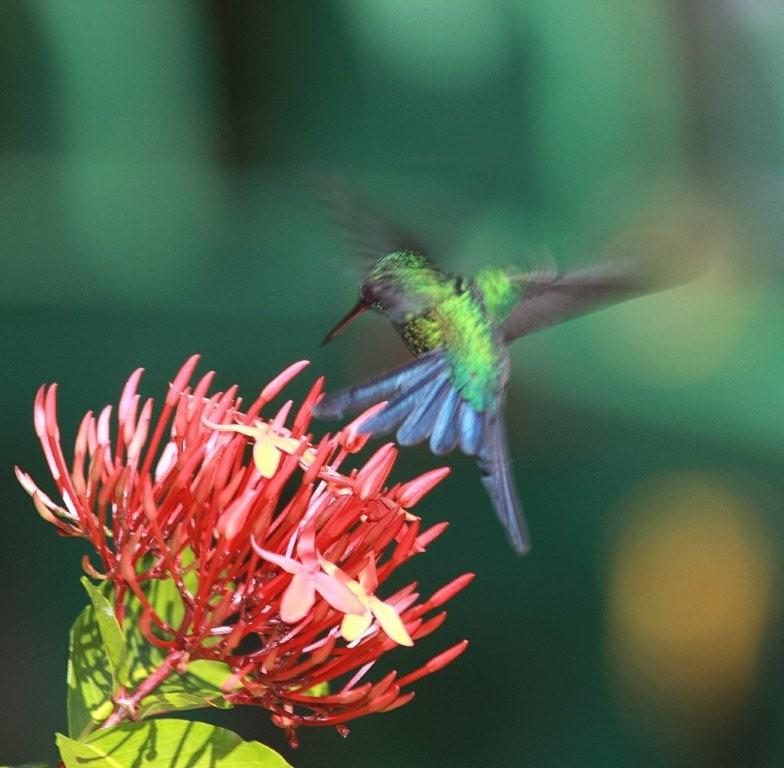
 Animalia Life
Animalia Life